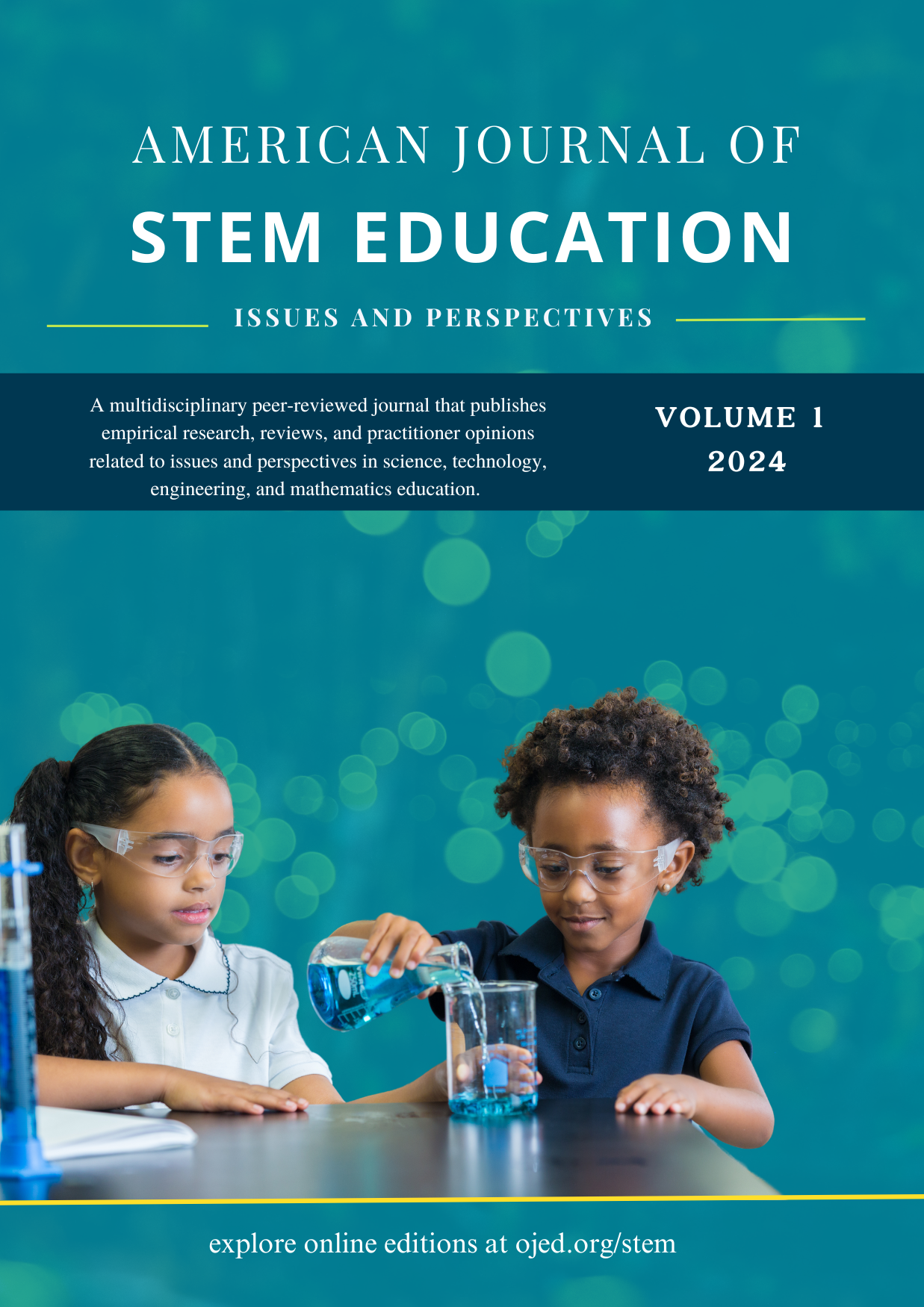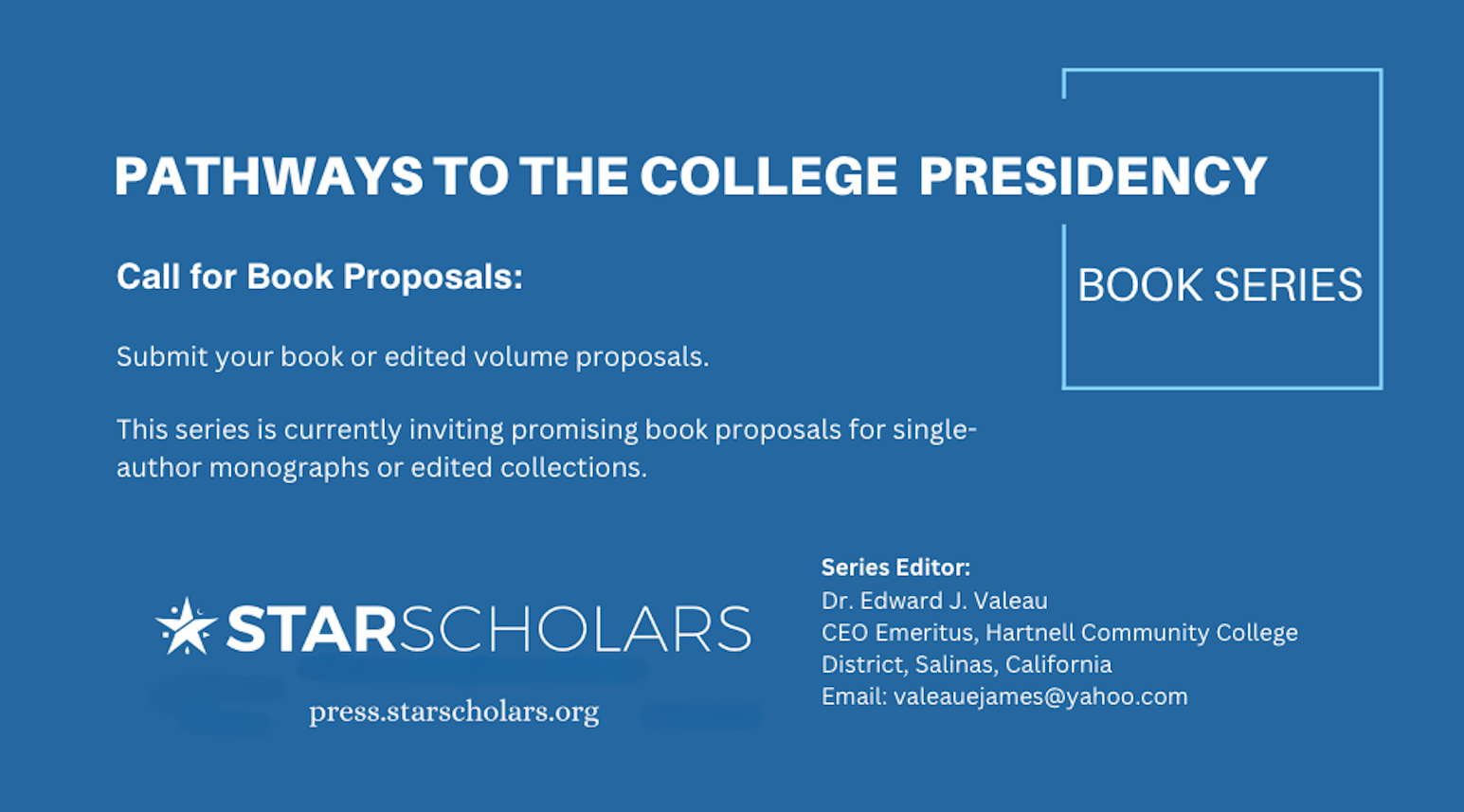STEM Graduation Trends and Educational Reforms
Analyzing Factors and Enhancing Support
DOI:
https://doi.org/10.32674/4wpaxt10Keywords:
STEM education, classroom response system, applied researchAbstract
This article explores the complex dynamics of STEM education in the U.S., focusing on the attrition rates of students pursuing degrees in science, technology, engineering, and mathematics. Despite a significant increase in the number of STEM degrees awarded, challenges in student retention and global competitiveness remain. The analysis delves into the reasons behind high attrition rates, including the difficulty of introductory courses, lack of support and mentorship, and insufficient high school preparation. To address these challenges, this article highlights the effectiveness of innovative teaching methodologies such as peer instruction, project-based learning, retrieval practice, and active learning strategies. These approaches have shown promise in enhancing student engagement, comprehension, and retention, thereby improving STEM educational outcomes. Furthermore, the article underscores the need for systemic educational reforms and robust support systems to foster an inclusive and equitable learning environment. By adopting evidence-based teaching practices and addressing systemic barriers, educational institutions can better prepare students for the demands of STEM careers and contribute to maintaining the United States's leadership in global scientific and technological innovation. This comprehensive examination serves as a call for stakeholders in academia, policy, and industry to collaborate in creating a supportive and effective STEM education framework.

 Call for Special Issue Proposals
Call for Special Issue Proposals 


